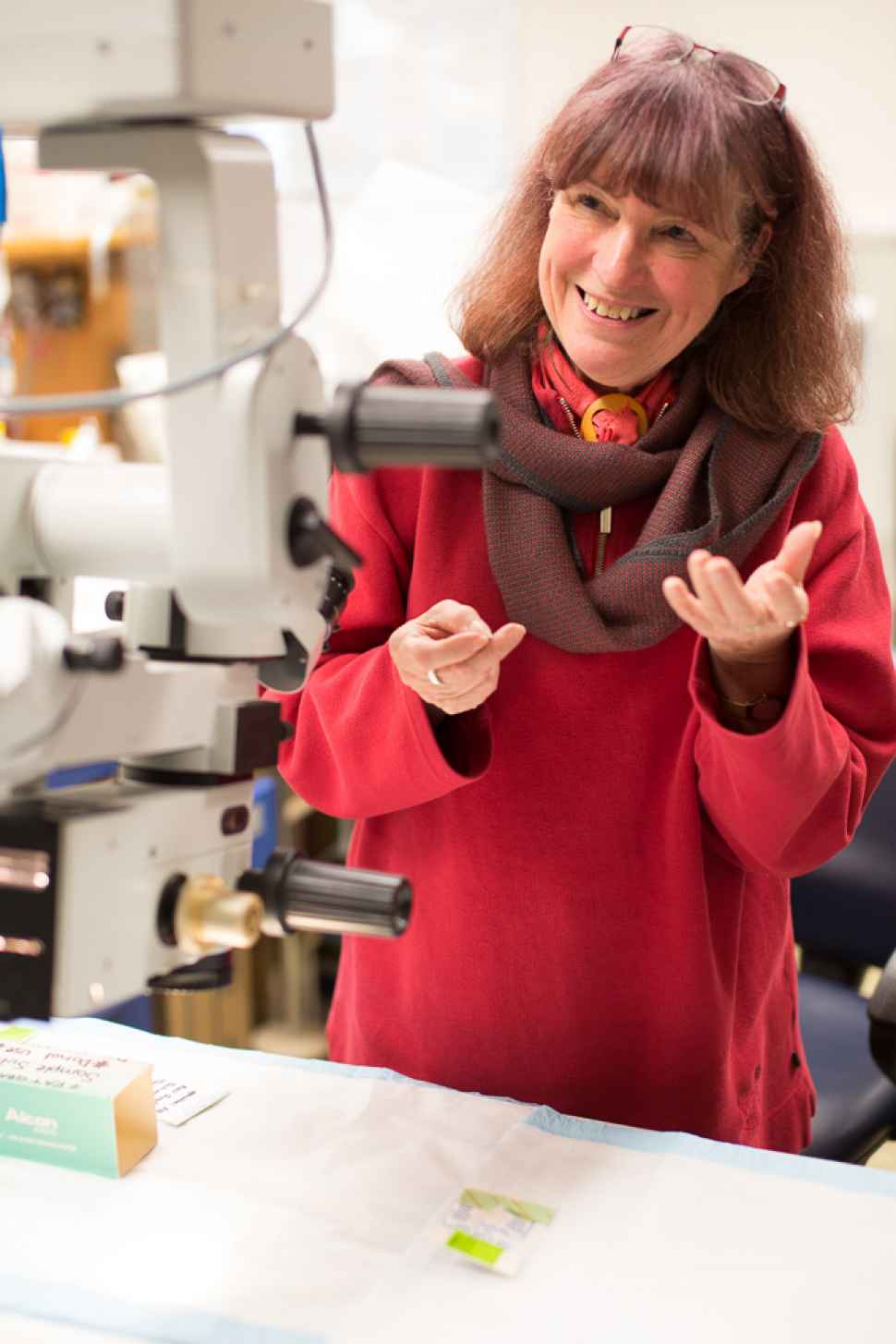World changing data insight
In a crowded, anonymous-looking laboratory along one of the Flinders Medical Centre’s labyrinth of corridors, Keryn Williams sits in charge of the world’s largest repository of information about corneal transplants, which is having an international impact in improving both the number and success rate of corneal transplantation.
The Australian Corneal Graft Registry was established at Flinders in 1985 to track success factors in corneal transplants, and has collected 30,000 records of corneal transplant operations from more than 750 ophthalmic surgeons across the whole of Australia over the past three decades.
The Registry now provides an invaluable repository of information about corneal grafts – helping to identify the key factors that underpin transplant success or failure.
“In most countries there is an age limit for corneal donation, but we have shown that quite advanced age is no barrier to corneal donation – which substantially increases the potential pool of donors,” Professor Williams said.
“You can die at 90 years old and if your family is prepared to allow the Eye Bank to collect your corneas, they can be donated to someone much younger and enable them to regain their sight.”
Success rates for corneal grafts are carefully monitored, and the scale of the database provides an opportunity to tease out the key factors that determine whether a graft is likely to be successful. The insights obtained from data held by the registry have led to a number of other countries establishing registries based on the Flinders model, and Flinders data is frequently used in international comparative studies.
“Enabling someone else to see after you have passed away is a tremendous gift to pass on to someone else,” Professor Williams said.









